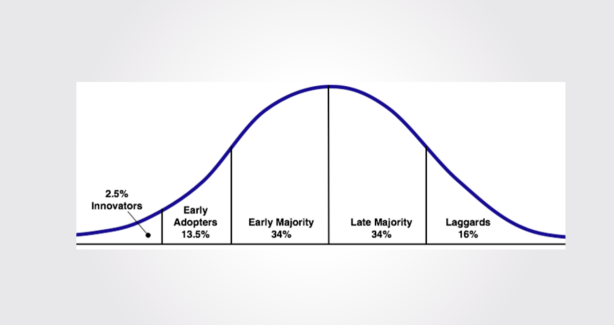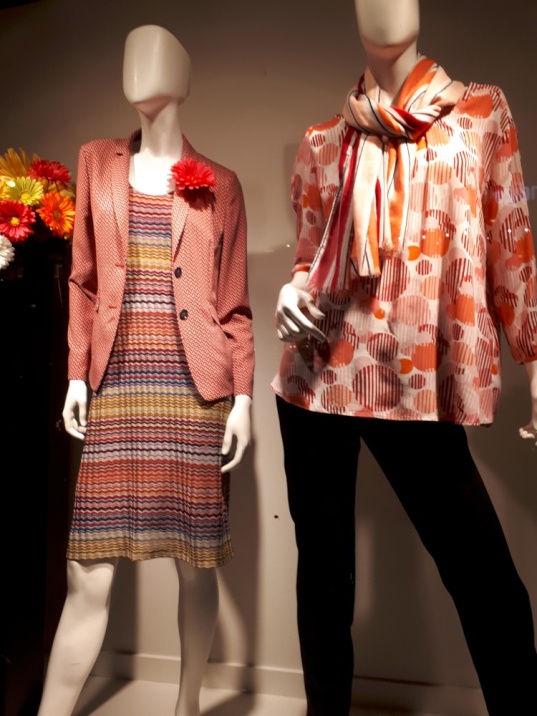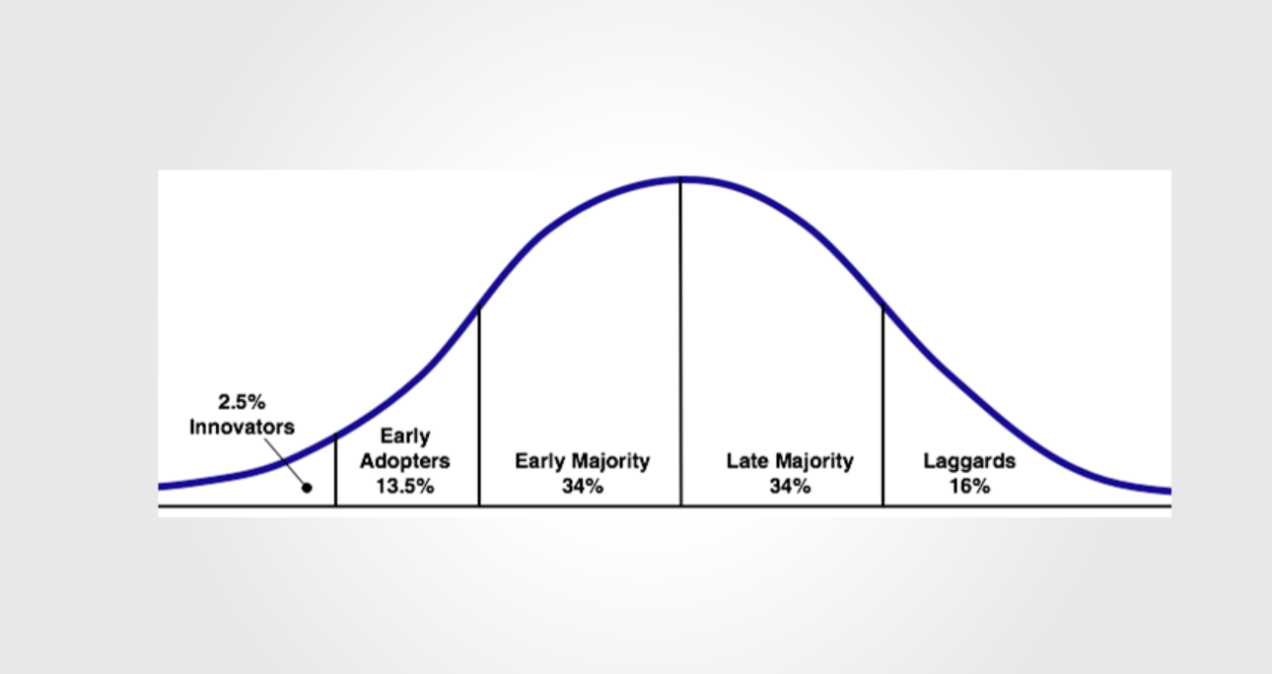Leggings, according to the Macmillan Dictionary, first made an appearance on men in the 14th century:
“Though leggings may seem like a modern invention, the concept of this kind of leg covering goes right back to the 14th century, when they were worn by men and often described as hose, breeches or even stockings. The word legging itself isn’t a newcomer either, dating back to 1763 as a reference to an ‘extra outer covering to protect the leg’”.
In The Measure of a Man, JJ Lee gleefully cites The Canterbury Tales to explain the shocking impact when men started wearing leggings, “They caused a scandal. Chaucer makes the complaint clear through his Parsons …the buttocks of such persons look like the hinder parts of a she-ape in the full of the moon… that foul part show they to the people proudly in despite of decency.”
The first signs that modern leggings worn by women could be pushed off the fashion scene started a few years ago with the introduction of wide-leg pants. Although many boomers will stubbornly cling to their leggings and jeggings, younger fashionistas will eagerly gravitate to what’s new to their eyes and not what their mothers and grandmothers are wearing.
However, age isn’t the deciding factor when we adopt a particular fashion trend. The fashion progression below is adapted from the diffusion curve first created by social scientist Everett Rogers.
Everett Rogers (1931-2004) was a communication specialist, sociologist, writer and teacher. He is best known for his theory about the diffusion of innovations theory in which he introduced the term ‘early adopter’ or pioneer.

Around the same time as Rogers was dreaming up his diffusion theory Edward, the glamorous bachelor Duke of Windsor, was attracting crowds of fans around the world whenever he appeared in public.
The Duke was one of the earliest fashion influencers of the last century. He broke all of the rules: he wore a belt instead of suspenders, he cuffed his pants, mixed plaids and patterns. He favoured American casual style over fussy English convention. His father, King George V, was so shocked and disgusted that he correctly predicted that the prince would ruin himself within a year of his father’s death.
Edward, who was firmly in the innovator section of the diffusion curve, explains his influence on fashion in his 1960 book, A Family Album, “I was in fact ‘produced’ as a leader of fashion, with the clothiers as my showmen and the world as my audience. The middle-man in this process was the photographer, employed not only by the Press but by the trade, whose task it was to photograph me on every possible occasion, public or private, with an especial eye for what I happened to be wearing.”
Here he is in his most recent iteration in The Crown and in person on the right.

A fall 2018 window display features a trend that can be traced back to the innovative Duke who would have heartily approved this bold mix of colour and pattern.

A current example of the diffusion curve is illustrated in this image from a YouTube video featuring business innovator Gary Vaynerchuk and guru Tony Robbins. Gary’s outfit of choice is a collarless sweater with a smattering of beard stubble while Tony is clean-shaven in a suit. Gary chooses fashion that aligns with his innovative, pioneering approach to business. What about Tony, where would he be on the curve? A late-majority or even a laggard? Only time will tell!

What about you? Are you an early adopter obsessed with fashion and worrying you are not on trend?
How do you handle the masses of fashion items tempting you each season? Do you eliminate what no longer serves you? Or do you cling helplessly to clothing that no longer fits or makes you feel good? Maybe you’ve adopted a capsule wardrobe or worked with an image consultant. I’d love to hear about your challenges and successes!
